Six months after Ahmad al-Sharaa led the ousting of Syrian dictator Bashar al-Assad, US president Donald Trump met the former al-Qaeda figure to talk about Syria’s “chance at greatness”.
The meeting, lasting around half an hour, according to a White House official, was a dramatic turnaround for a militant figure who spent years imprisoned by US forces after being captured in Iraq.
Trump agreed to “say hello” to the interim Syrian president before the US leader wraps up his stay in Saudi Arabia and heads to Qatar, where Trump is to be honoured with a state visit. His Mideast tour will also take him to the United Arab Emirates.
In a meeting between a US delegation and the Syrian foreign minister Asaad al-Shibani in New York last month, US officials conveyed to al-Shibani that Washington wanted more than a dozen conditions met before sanctions could be removed.
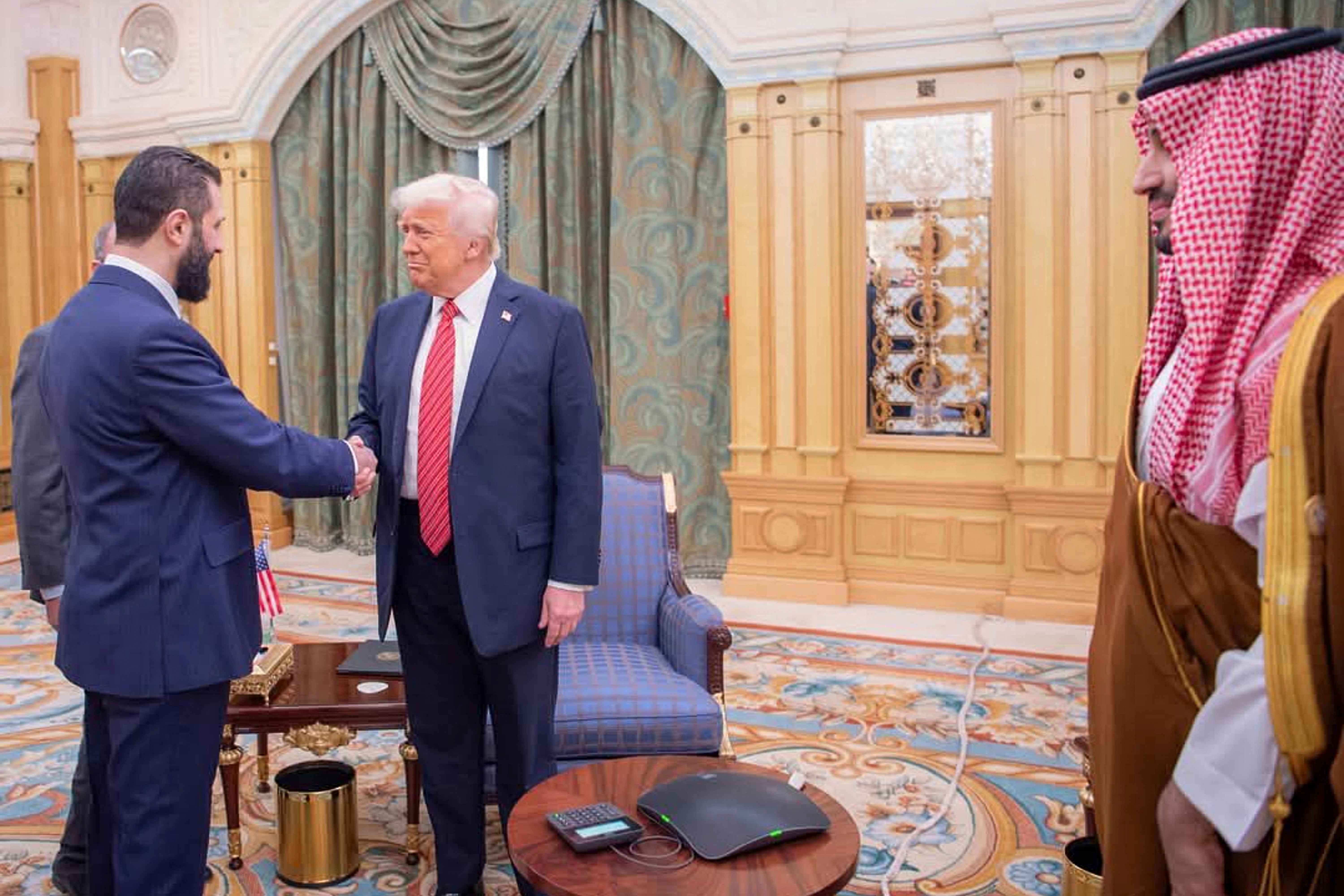
Also in April, Al-Sharaa reportedly told a pro-Trump American activist, Jonathan Bass, that he was willing to discuss a Trump Tower in Damascus, a detente with Israel and an offer to give the US access to Syria’s oil and gas in a Ukraine-style deal in a bid to curry favour with the US president.
Mr al-Sharaa, who used to operate under the nom de guerre Abu Mohammed al-Golani, was named president of Syria in January, a month after a stunning offensive by insurgent groups led by his Hayat Tahrir al-Sham, or HTS, which stormed Damascus and ended the 54-year rule of the Assad family.
Trump said he decided to meet with al-Sharaa after being encouraged to do so by Saudi crown prince Mohammed bin Salman and Turkish president Recep Tayyip Erdogan. The president also pledged to lift years-long sanctions on Syria.
“There is a new government that will hopefully succeed in stabilising the country and keeping peace,” Trump said in a wide-ranging foreign policy address Tuesday in which he announced he was lifting the sanctions that have been in place in Syria since 2011. “That’s what we want to see in Syria.”
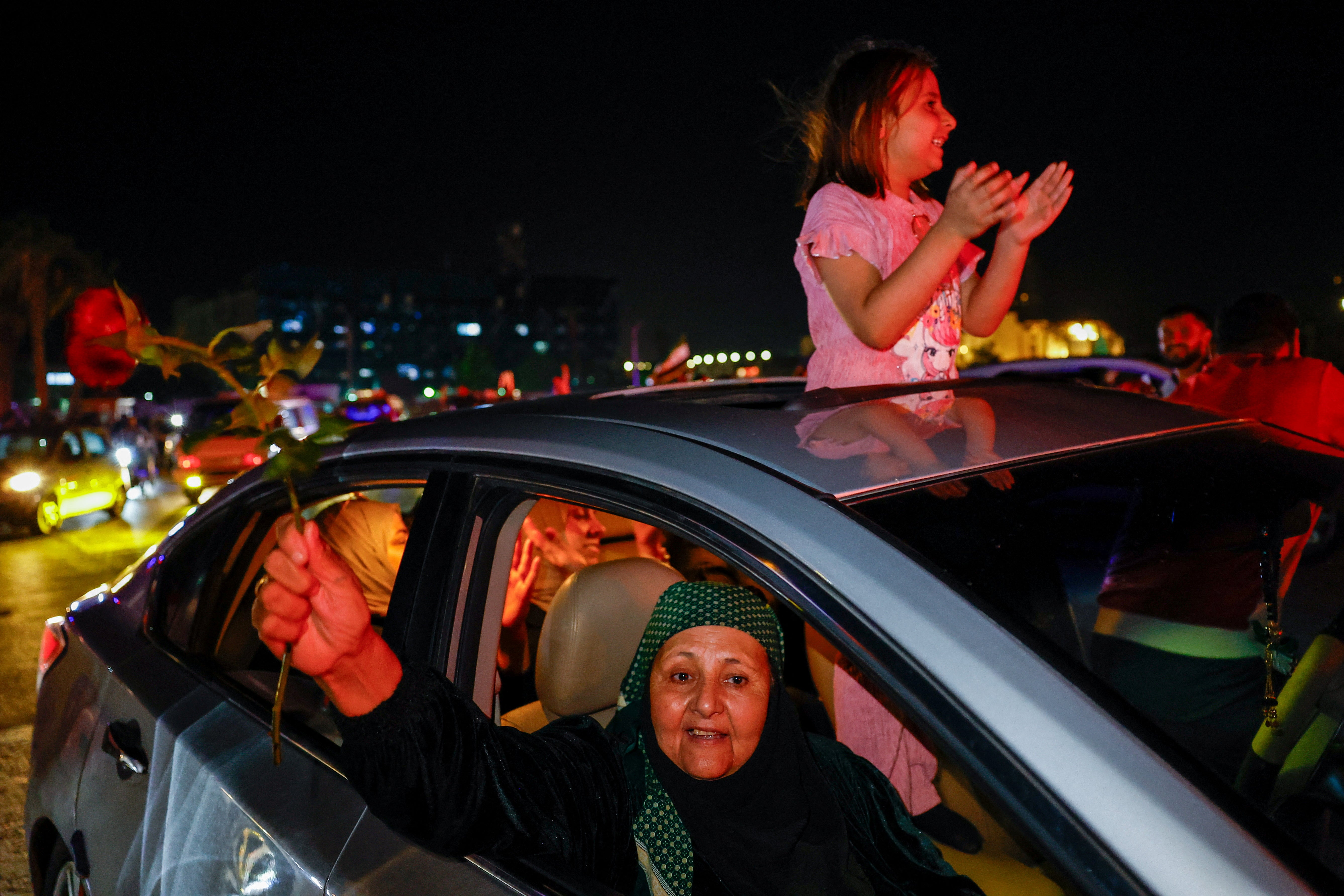
Speaking to an investment forum in Saudi Arabia’s Riyadh, he added that it was Syria’s “time to shine”.
The sanctions go back to the rule of al-Assad, who was ousted in December and now lives in Moscow, and were intended to inflict major pain on his economy.
Both the Biden and Trump administrations had left the sanctions in place after Assad’s fall as they sought to take the measure of al-Sharaa, who has renounced his past affiliation with al-Qaeda.
Thus far, the extent of his transformation from jihadi extremist to would-be state builder has been applauded. His state visit with Trump is the Syrian leader’s next test.
As insurgents took control of the capital, Damascus, Assad fled into hiding, and for the first time in 50 years of his family’s iron hand, it is an open question how Syria will be governed.
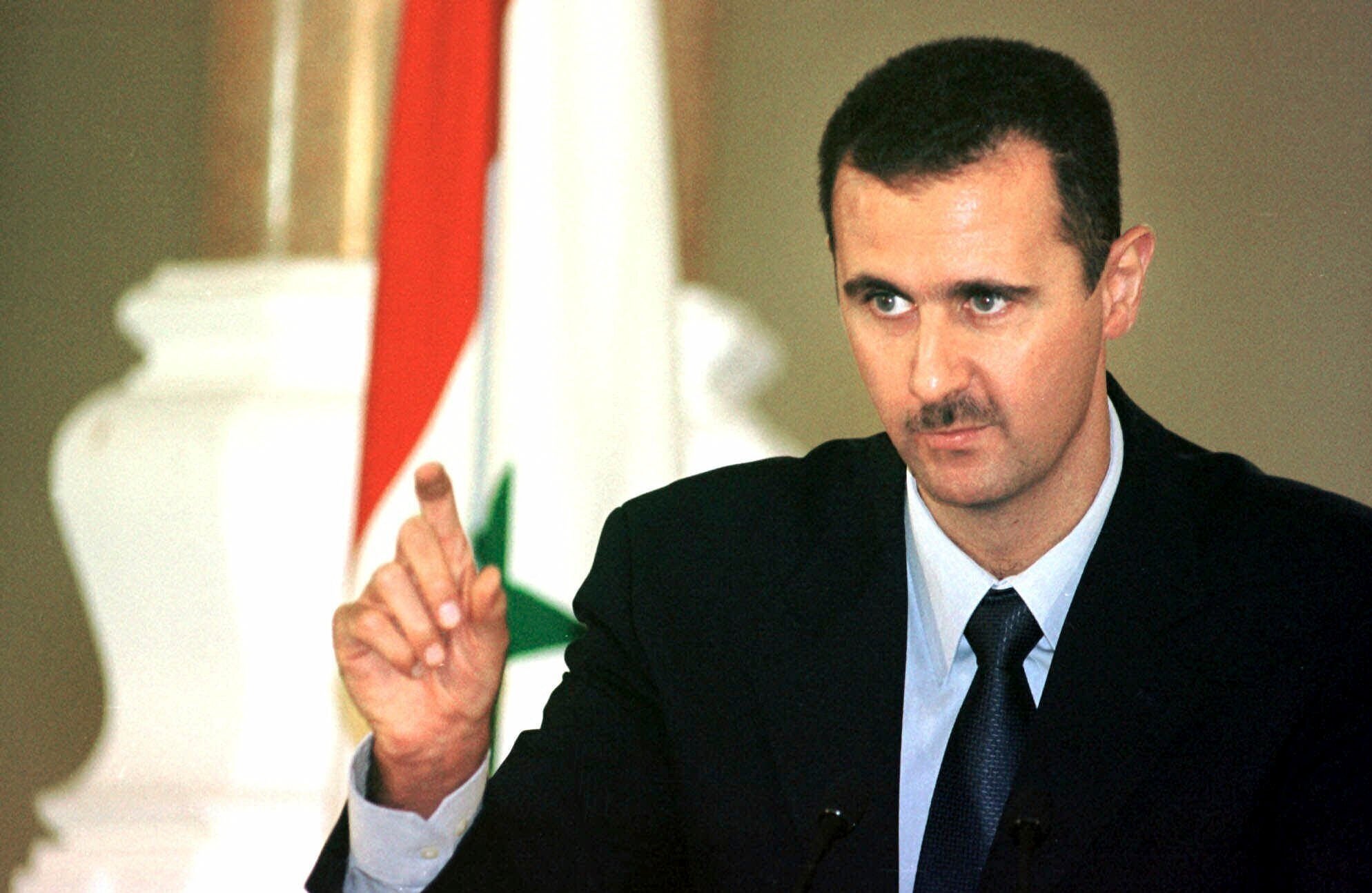
Syria is home to multiple ethnic and religious communities, often pitted against each other by Assad’s state and years of war. Many of them fear the possibility Sunni Islamist extremists will take over.
The country is also fragmented among disparate armed factions, and foreign powers from Russia and Iran to the United States, Turkey and Israel all have their hands in the mix.
For years, al-Sharaa worked to consolidate power, while bottled up in the province of Idlib in Syria’s northwest corner as Assad’s Iranian and Russian-backed rule over much of the country appeared solid.
He manoeuvred among extremist organisations while eliminating competitors and former allies. He sought to polish the image of his de facto “salvation government” that was running Idlib to win over international governments and reassure Syria’s religious and ethnic minorities. He also built ties with various tribes and other groups.
Along the way, al-Sharaa shed his garb as a hard-line Islamist guerrilla and put on suits for press interviews, talking of building state institutions and decentralising power to reflect Syria’s diversity.
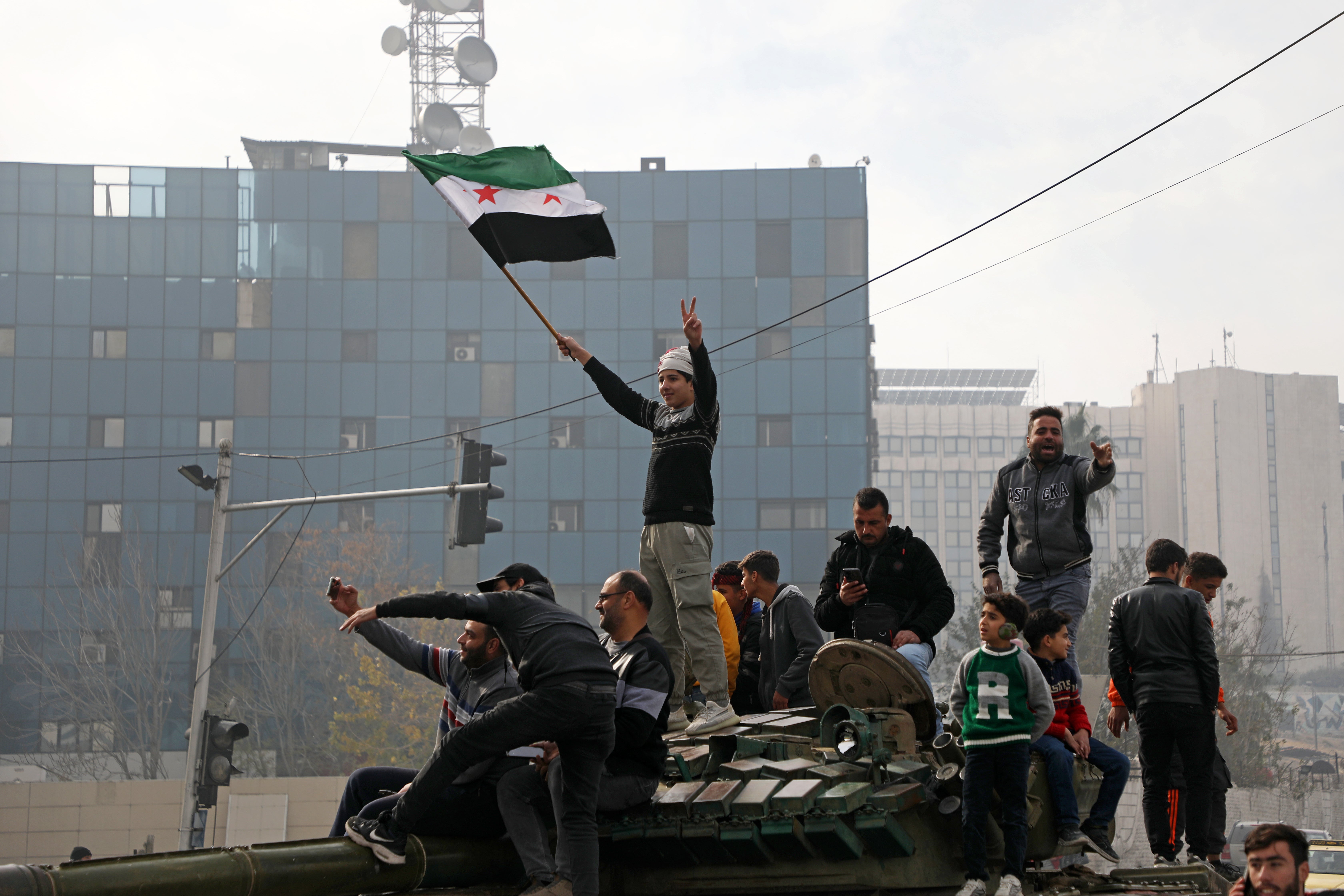
“Syria deserves a governing system that is institutional, no one where a single ruler makes arbitrary decisions,” he said in an interview with CNN in the weeks after the ousting of Assad, offering the possibility HTS would eventually be dissolved after some semblance of order is restored to Syria.
“Don’t judge by words, but by actions,” he said.
Al-Sharaa’s beginnings in Iraq
Al-Sharaa’s ties to al-Qaeda stretch back to 2003, when he joined extremists battling US troops in Iraq. The Syrian native was detained by the US military but remained in Iraq. During that time, al-Qaeda usurped like-minded groups and formed the extremist Islamic State of Iraq, led by Abu Bakr al-Baghdadi.
In 2011, a popular uprising against Syria’s Assad triggered a brutal government crackdown and led to all-out war. Al-Sharaa’s prominence grew when al-Baghdadi sent him to Syria to establish a branch of al-Qaeda called the Nusra Front. The United States labelled the new group as a terrorist organisation. That designation remains in place, and the US government has put a $10 million (£7.5 million) bounty on him.
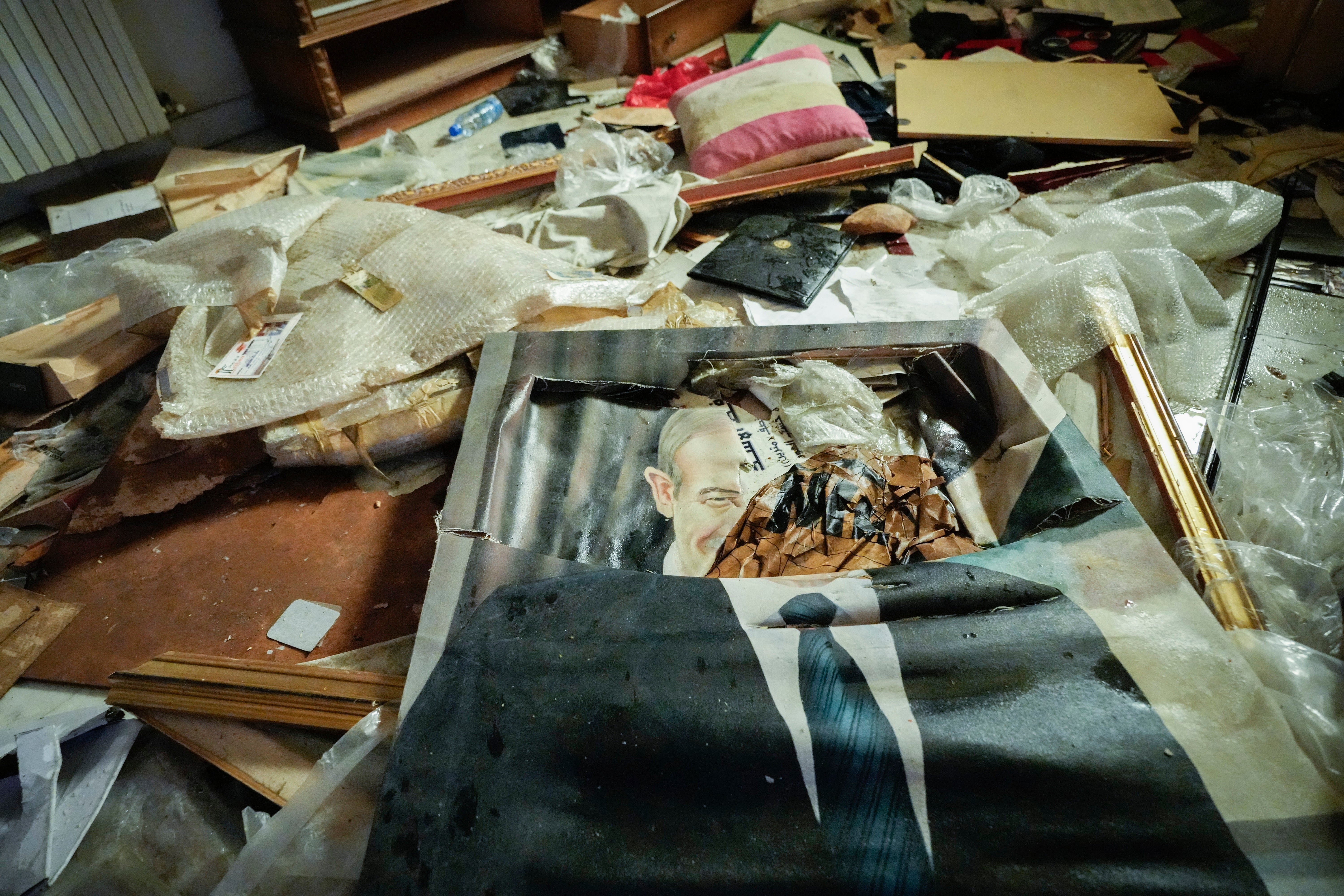
The Nusra Front and the Syrian conflict
As Syria’s civil war intensified in 2013, so did al-Sharaa’s ambitions. He defied al-Baghdadi’s calls to dissolve the Nusra Front and merge it with al-Qaeda’s operation in Iraq, to form the Islamic State of Iraq and Syria, or ISIS.
Al-Sharaa nonetheless pledged his allegiance to al-Qaida, which later disassociated itself from ISIS. The Nusra Front battled ISIS and eliminated much of its competition among the Syrian armed opposition to Assad.
In his first interview in 2014, al-Sharaa kept his face covered, telling a reporter for Qatari network Al-Jazeera that he rejected political talks in Geneva to end the conflict. He said his goal was to see Syria ruled under Islamic law and made clear that there was no room for the country’s Alawite, Shiite, Druze and Christian minorities.
Consolidating power and rebranding
In 2016, al-Sharaa revealed his face to the public for the first time in a video message that announced his group was renaming itself Jabhat Fateh al-Sham – the Syria Conquest Front – and cutting its ties to al-Qaeda.
“This new organisation has no affiliation to any external entity,” he said in the video, filmed wearing military garb and a turban.
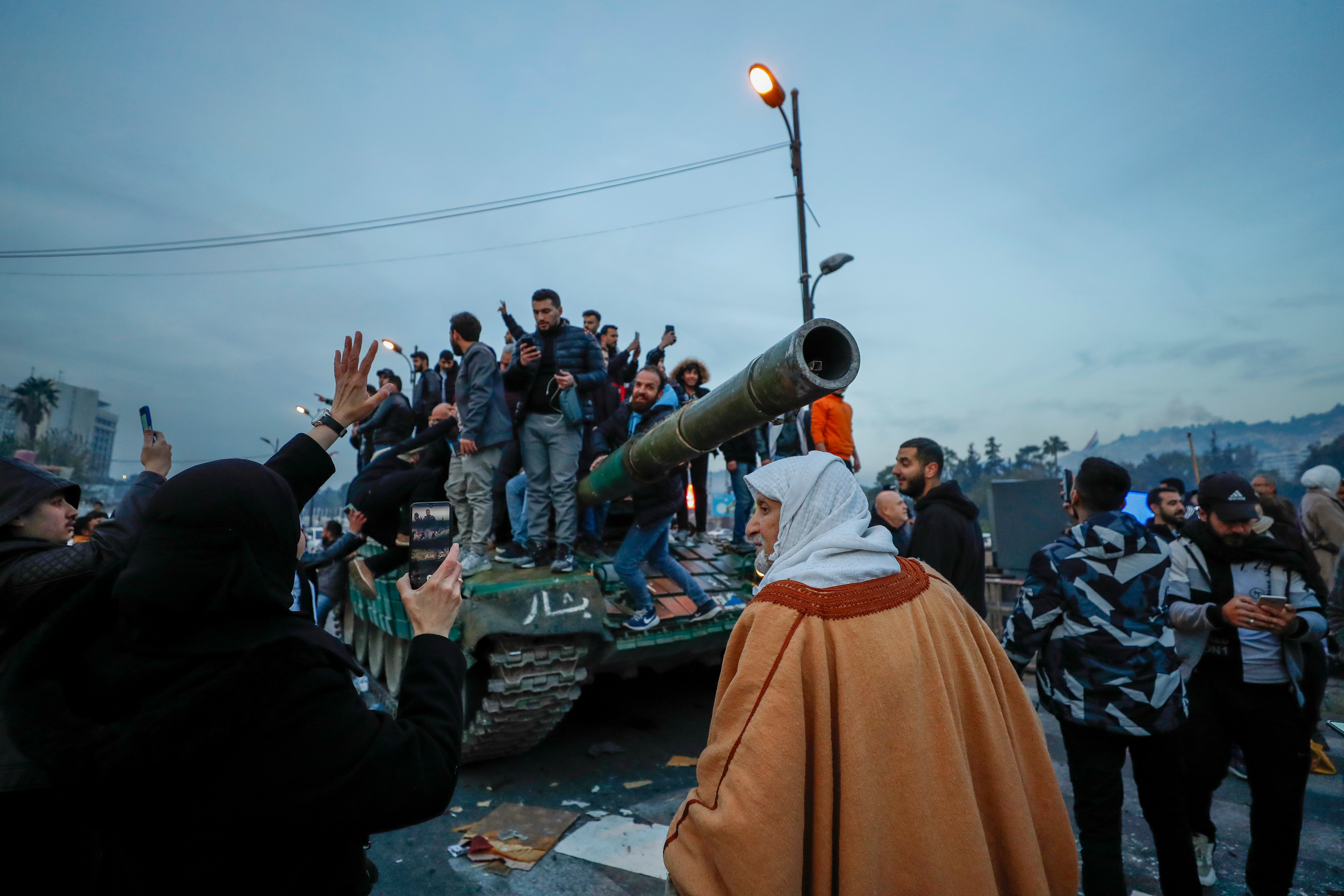
The move paved the way for al-Sharaa to assert full control over fracturing militant groups. A year later, his alliance rebranded again as Hayat Tahrir al-Sham – meaning Organisation for Liberating Syria – as the groups merged, consolidating al-Golani’s power in northwest Syria’s Idlib province.
HTS later clashed with independent Islamist militants who opposed the merger, further emboldening al-Sharaa and his group as the leading power in northwestern Syria, able to rule with an iron fist.
With his power consolidated, al-Sharaa set in motion a transformation that few could have imagined. Replacing his military garb with a shirt and trousers, he began calling for religious tolerance and pluralism.
He appealed to the Druze community in Idlib, which the Nusra Front had previously targeted, and visited the families of Kurds who were killed by Turkish-backed militias.
In 2021, al-Sharaa had his first interview with an American journalist on PBS. Wearing a blazer, with his short hair gelled back, the now more soft-spoken HTS leader said that his group posed no threat to the West and that sanctions imposed against it were unjust.
“Yes, we have criticised Western policies,” he said. “But to wage a war against the United States or Europe from Syria, that’s not true. We didn’t say we wanted to fight.”
Al-Sharaa, the Syrian president
In January this year, Syrian military commanders who took part in the ousting of al-Assad appointed al-Sharaa as the interim president, consolidating his power over the country.
He was empowered to form a temporary legislative council for a transitional period, and the Syrian constitution was suspended, according to an announcement made by the military command which led the offensive against Assad.
Addressing the conference, al-Sharaa said the first priority in Syria was to fill a vacuum in government “in a legitimate and legal way”.
He also said civil peace must be preserved through transitional justice and preventing displays of revenge, that state institutions, foremost among them military and security forces, be rebuilt, and that economic infrastructure be developed.
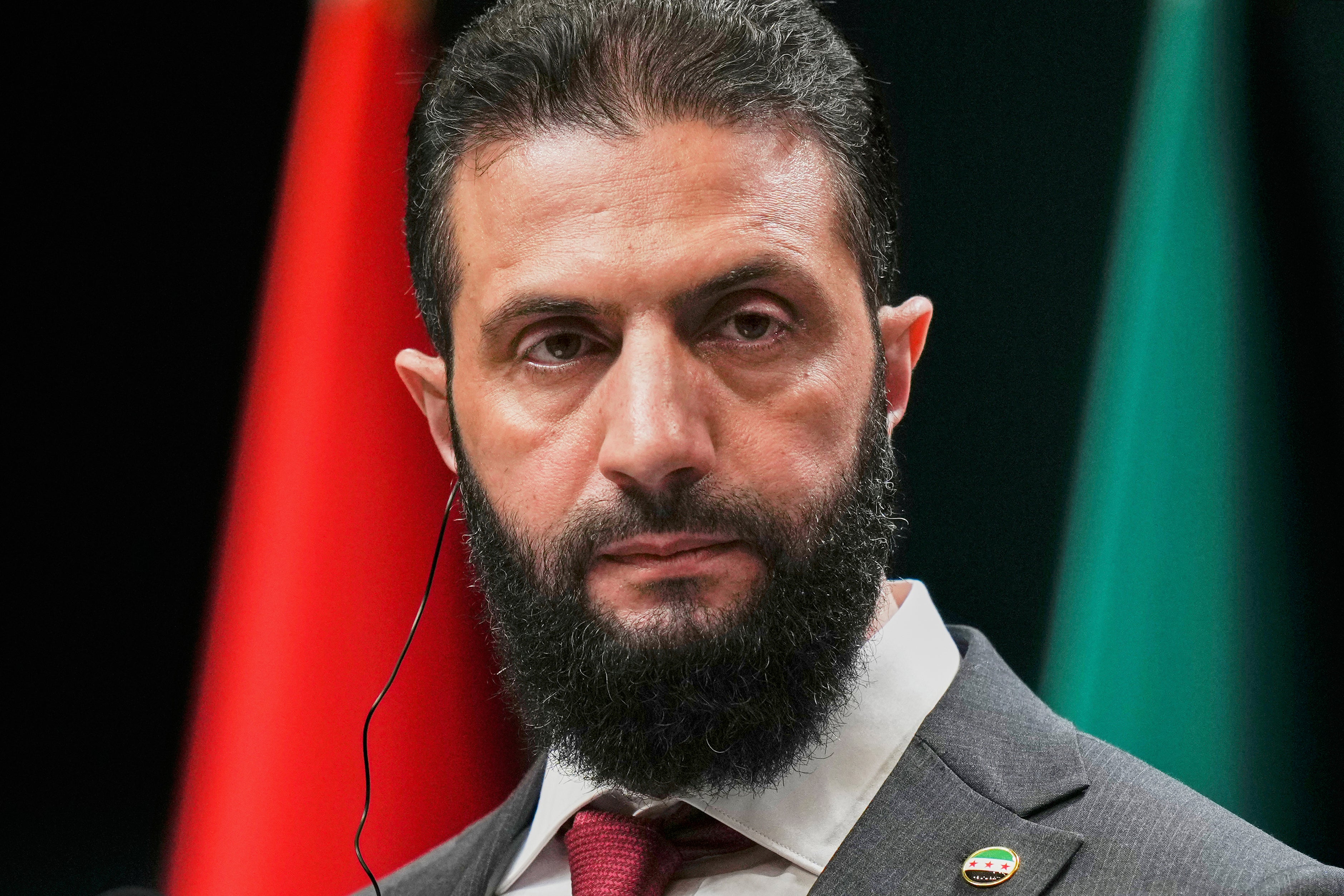
He pledged to embark on a political transition including a national conference, an inclusive government, and eventual elections, which he has said could take up to four years to hold.
He has not said when the new legislative body might be picked or provided any new details for a timeline for the transition.
The nearly four months since his appointment have been mixed. French president Emmanuel Macron welcomed al-Sharaa in Paris last week to discuss eventually ending sanctions against Syria.
But mass killings of hundreds of civilians from al-Assad’s minority Alawite sect in March, during clashes between the new security forces and loyalists to the former dictator, hardened fears among minorities that al-Sharaa’s promises to protect them were empty.
Clashes between Islamist armed factions, security forces and fighters from the Druze religious minority further troubled the country.
The US has previously said it would not lift sanctions on Syria unless issues, including the protection of minority rights, are addressed, but whether Mr Trump’s meeting with al-Sharaa materialises into a breaking of this policy remains to be seen.


